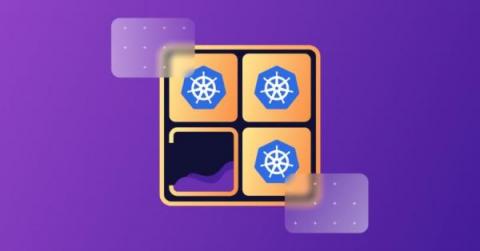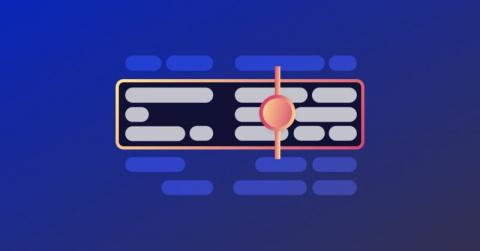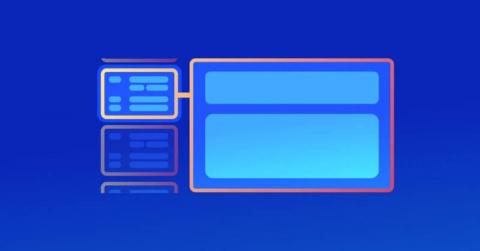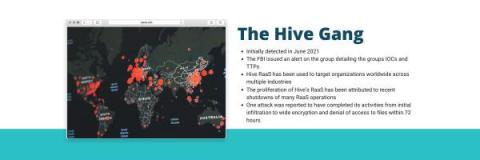Exploit vs. Vulnerability: What Is the Difference?
Whenever engineers discover a new security issue, the question arises every time: is this an exploit or vulnerability? What is a software vulnerability? How does it differ from an exploit? A vulnerability is a gap in the armor or weakness that allows people to enter. The exploit is the mechanism that someone uses to get in. For example, a door with a fragile lock has a vulnerability. The exploit uses the keys, hammer, or lockpick to break the lock.











